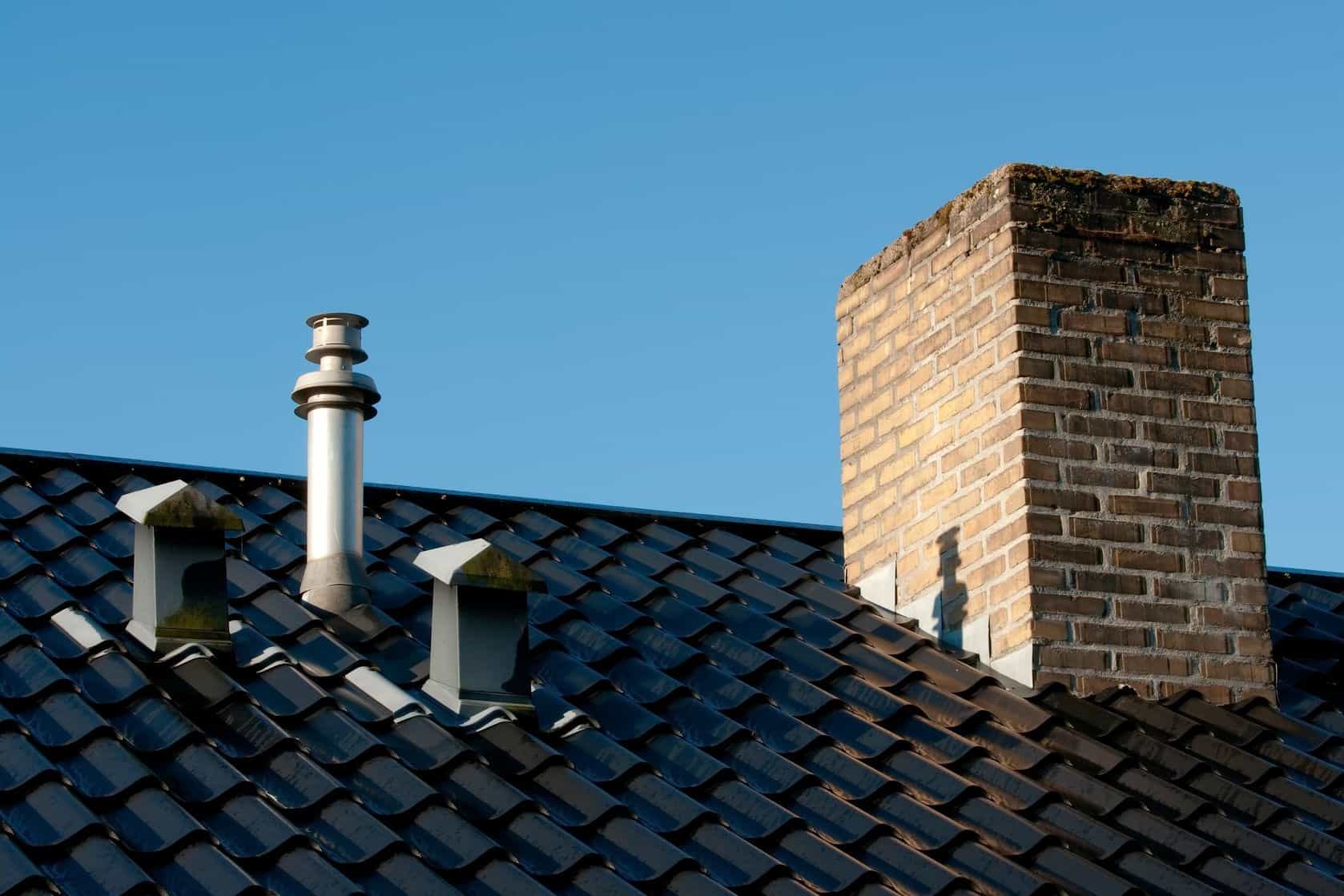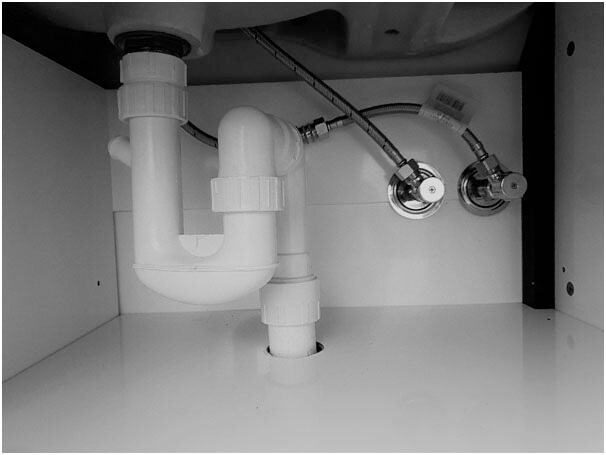The Essential Role of Correct Ventilation in Plumbing Systems
The Essential Role of Correct Ventilation in Plumbing Systems
Blog Article
They are making several great pointers on the subject of What Are Plumbing Vents and Why Are They Important? as a whole in the content which follows.

Correct air flow in plumbing systems is usually neglected, yet it is critical for maintaining the functionality and safety of your home's plumbing. Air flow aids control atmospheric pressure, protect against the build-up of hazardous gases, and guarantee the effective elimination of waste. In this overview, we will certainly explore the significance of proper pipes air flow, exactly how it works, and the advantages it gives your plumbing system.
Recognizing Ventilation in Pipes
Ventilation in pipes describes the network of pipes that permit air to flow through the water drainage system. These vents serve numerous functions, consisting of managing atmospheric pressure within the pipes, preventing sewage system gases from entering the home, and aiding in the smooth flow of wastewater.
How Air Flow Works in Pipes Equipments
Air Pressure Regulation
Appropriate air flow preserves well balanced air pressure within the plumbing system. When water moves with pipelines, it displaces air. Without appropriate air flow, this displacement can create adverse stress, causing slow down drains pipes or siphoning of water from catches, which can cause undesirable odors to permeate into the home.
Avoiding Sewage System Gas Buildup
One of one of the most essential features of pipes vents is to avoid sewage system gases, such as methane and hydrogen sulfide, from gathering within the home. These gases can pose major health risks and are highly flammable. Vent pipes allow these gases to escape securely outdoors.
Helping in Waste Removal
Air flow aids in the efficient removal of wastewater by protecting against airlocks in the drainage system. When air can move openly through the vents, it enables water and waste to flow smoothly through the pipes, decreasing the risk of clogs and back-ups.
Sorts Of Pipes Vents
Main Stack Vent
The major pile vent, also referred to as the air vent stack, is the key vent in a plumbing system. It prolongs from the major drain align via the roofing system, enabling gases to run away and fresh air to enter the system.
Branch Vent
Branch vents attach to the primary pile air vent and offer private fixtures, such as sinks, bathrooms, and showers. These vents make certain that each fixture has adequate air flow to operate appropriately.
Air Admittance Valve (AAV).
An Air Admittance Shutoff (AAV) is a one-way shutoff that allows air to enter the pipes system without the need for a conventional vent pipe extending through the roof. AAVs are generally utilized in improvements or areas where setting up a conventional air vent is unwise.
Indicators of Poor Ventilation in Pipes.
Slow Draining Fixtures.
If your sinks, tubs, or toilets are draining pipes gradually, it could be a sign of inadequate ventilation. Insufficient air circulation can create a vacuum cleaner result, making it hard for water to drain pipes appropriately.
Gurgling Appears.
Gurgling noises coming from drains are frequently an outcome of air being sucked with water traps because of negative stress in the pipelines. This is a clear indicator of inadequate air flow.
Unpleasant Odors.
Drain odors inside your home are a warning that your pipes system is not effectively ventilated. This could suggest that drain gases are not being effectively vented outside, bring about potentially harmful problems.
Common Ventilation Errors.
Poor Vent Sizing.
Making use of undersized air vent pipelines can lead to bad air circulation and stress discrepancies in the system. It's vital to make use of vents that satisfy the specific needs of your pipes system.
Improper Vent Placement.
Placing vents too far from the fixtures they serve can reduce their effectiveness. Correct positioning makes certain that air can move easily and efficiently via the system.
Disregarding Code Requirements.
Building codes give certain guidelines for pipes air flow. Neglecting these codes can cause a system that fails to work properly and might bring about costly repair work or health hazards.
Advantages of Proper Ventilation.
Enhanced System Effectiveness.
Appropriately ventilated plumbing systems operate more successfully, with less blockages, faster draining, and less stress on the pipes. This performance expands the lifespan of the plumbing system.
Improved Air High Quality.
By preventing sewer gases from entering your home, proper ventilation contributes to better indoor air quality, making your living setting healthier and extra comfy.
Protecting Against Water Damages.
Appropriate ventilation helps prevent water from being siphoned out of catches, which can cause drain gases going into the home and triggering water damage with time.
Actions to Ensure Proper Ventilation.
Consulting Pipes Codes.
Constantly consult neighborhood plumbing codes when making or customizing your pipes system. These codes provide the necessary standards for appropriate venting and ensure your system meets safety and security standards.
Regular Assessment and Maintenance.
Regular inspections can aid identify possible air flow issues prior to they come to be significant troubles. Maintenance tasks, such as cleaning vent pipelines and looking for clogs, are vital for maintaining the system in good working order.
Specialist Setup.
For new installments or major alterations, it's smart to employ an expert plumbing professional. They have the competence to guarantee the ventilation system is correctly made and mounted according to code.
Conclusion.
Proper ventilation is a crucial component of any kind of pipes system, making certain that it operates effectively and safely. By comprehending the importance of air flow, acknowledging the signs of inadequate ventilation, and taking actions to preserve your system, you can protect against pricey concerns and safeguard your home's air high quality.
What is a Plumbing Vent and it's used for?All plumbing systems in residential and commercials construction have a plumbing vent. It doesn’t just vent unwanted odors from the drainage system to the outside; it actually serves an important purpose by supplying air to the system.
The plumbing drainage system is actually called a drainage, waste and vent (DWV) system. When water flows down the piping, an air supply (vent) is needed to allow the water to flow. Think of the vertical pipe as a drinking straw. If you plug the top end of a straw, liquid won’t drain from it.
The DWV system in your building consists of a series of pipes connected to each fixture; they extend above each fixture, and the system terminates at an open pipe that extends through the roof. This piping allows air into the system and prevents unbalanced pressures in the piping.
?The vent also prevents the system from drawing water out of a trap at the fixture with the characteristic “glug-glug-glug” as the drain gasps for air. Plumbing traps should drain smoothly and never “glug” or gasp for air.
If you have a drain that empties slowly or gurgles as it drains, this may indicate a venting problem. If you flush a toilet and the sink gurgles, there’s definitely a vent problem. It is good idea to have a Plumber check this.
https://www.ameliashomeinspection.com/blog/what-is-a-plumbing-vent-and-its-used-for

Do you really like reading up on The Upsides of Proper Ventilation in Plumbing Design? Try leaving feedback directly below. We would be pleased to find out your suggestions about this entry. Hoping that you come back again in the near future. For those who appreciated our article if you please consider to share it. I am grateful for your time. Please check our website back soon.
Get Offer Report this page